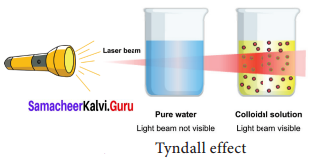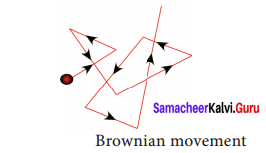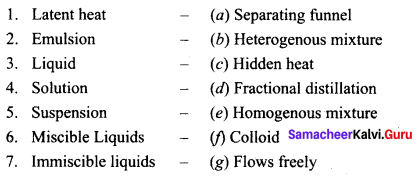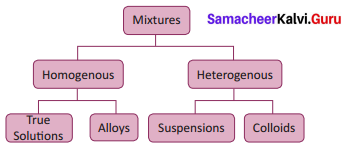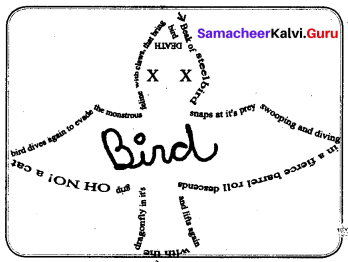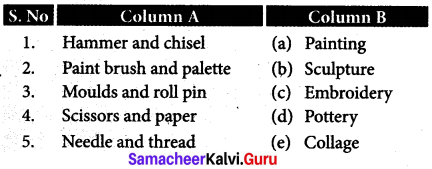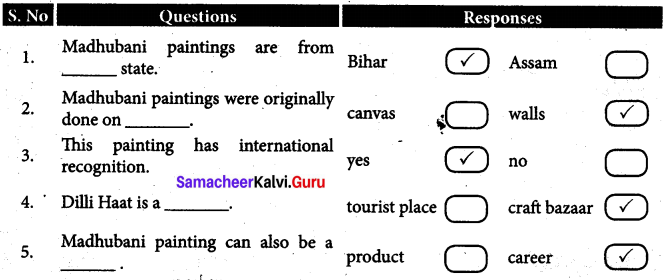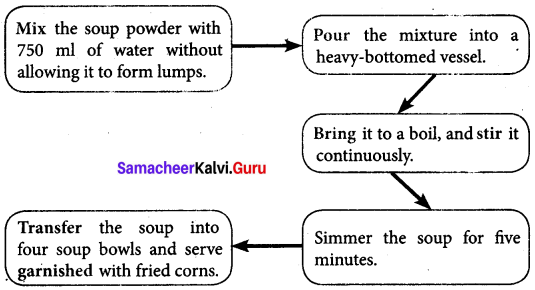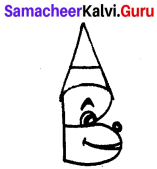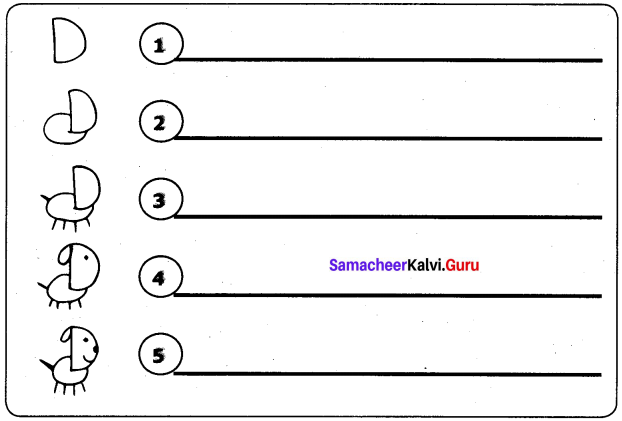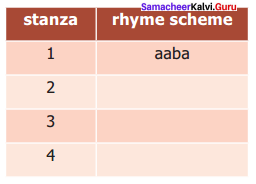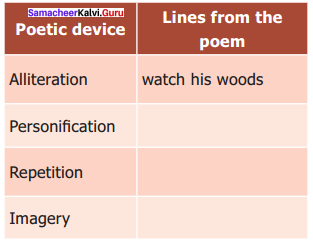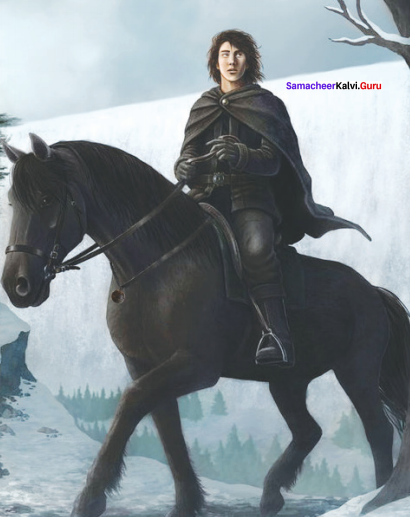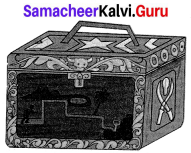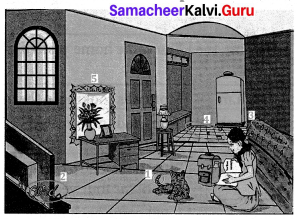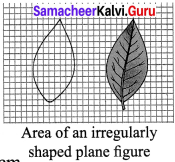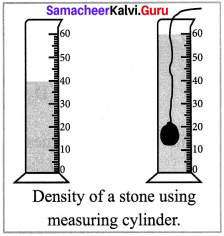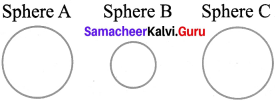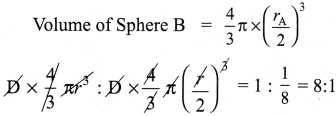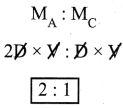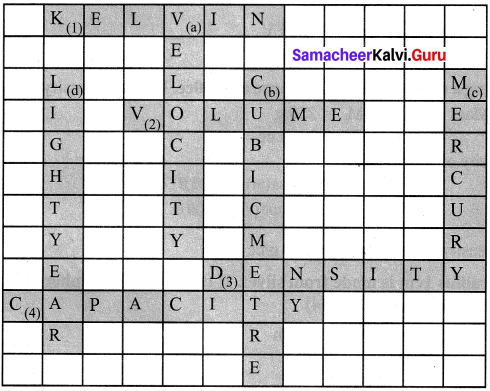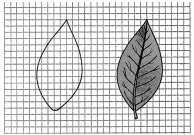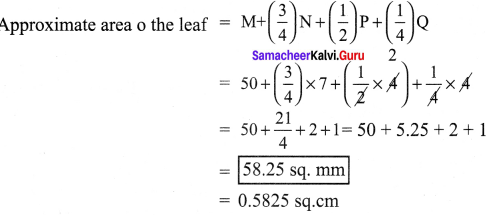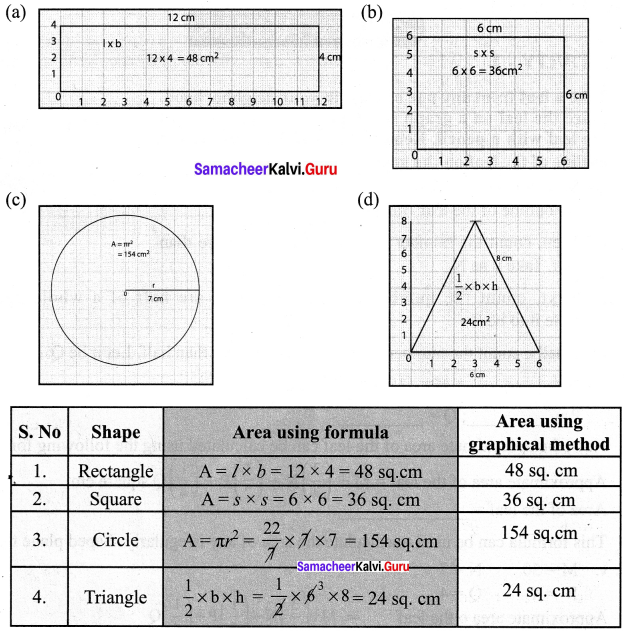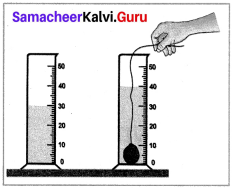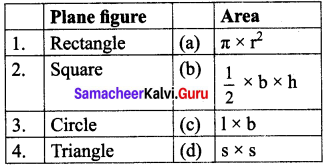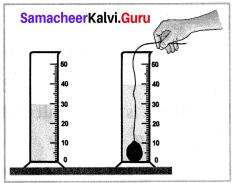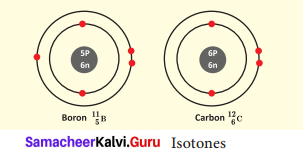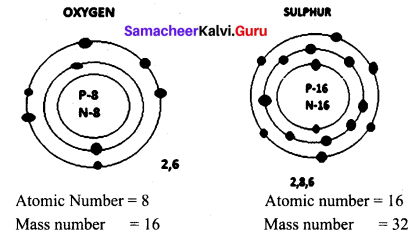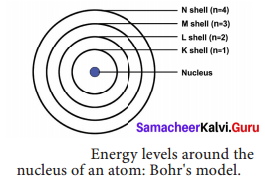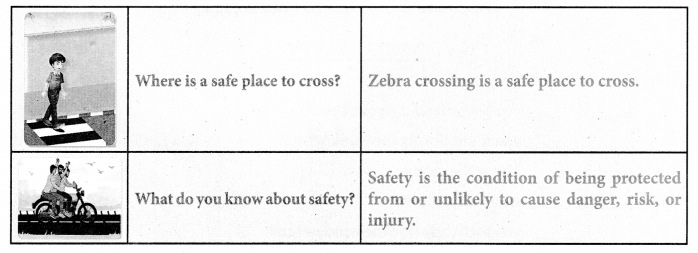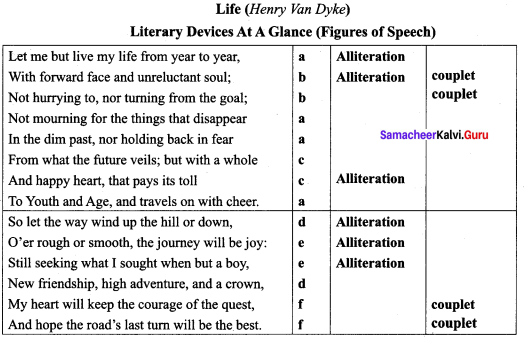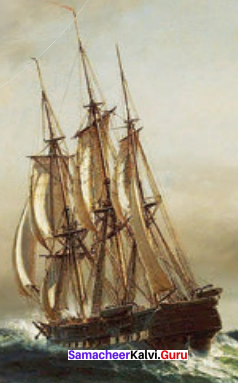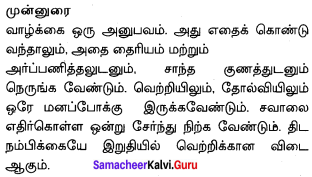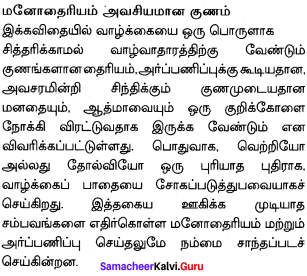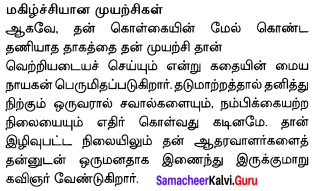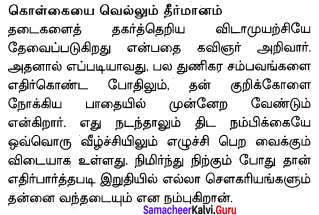Looking to improve English skills and gain more subject knowledge then the best resources that you can use here is Samacheer Kalvi 10th English Solutions for Poem Chapter 3 I am Every Woman Questions and Answers.
In the Samacheer Kalvi 10th English Guide for Chapter 3 I am Every Woman textbook solutions, subject experts covered all types of questions and answers related to the topics, quick notes, summary, solved & unsolved exercises, etc. If you are planning to prepare Chapter 3 I am Every Woman via textbook, then you’re suggested to go with this Samacheer Kalvi 10th English Book Solutions Questions and Answers PDF for better understanding and preparation.
Tamilnadu Samacheer Kalvi 10th English Solutions Poem Chapter 3 I am Every Woman
English Subject experts who are having max years of experience prepared this Tamilnadu State Board Solutions for 10th English Poem Chapter 3 I am Every Woman Questions and Answers. They have explained all the topics covered in the board prescribed latest syllabus in a simple way to understand easily. So, students can prepare Chapter 3 English from this Samacheer Kalvi 10th English Book Questions and Answers PDF. Download the Tamilnadu State Board 10th English Chapter 3 I am Every Woman Workbook Solutions PDF by accessing the below links and learn properly for the final exams to score well.
I am Every Woman Textual Questions
A. Read the lines and answer the questions.
(i) The summer of life she’s ready to see in spring.
She says, “Spring will come again, my dear Let me care for the ones who ’re near.”
(a) What does the word summer mean here?
(b) How does she take life?
(c) What does she mean by “spring will come again”?
Answer:
(a) Summer here means development.
(b) She takes life optimistically.
(c) By the phrase ‘spring will come again’, the poet means that the future will be better.
(ii) Strong is she in her faith and belief.
“Persistence is the key to everything, ” says she.
(a) What is she strong about?
(b) How does she deal with the adversities in life?
Answer:
(a) She is strong about her faith and belief.
(b) She is strong in her faith and belief and is determined while dealing with the adversities in life.
(iii) Despite the sighs and groans and moans,
She’s strong in her faith, firm in her belief!.
(a) Is she complaining about the problems of life?
(b) Pick out the words that show her grit.
Answer:
(a) No she is not complaining about the problems of life.
(b) The words that show her grit are strong and firm.
(iv) Don’t ever try to saw her pride, her self-respect.
She knows how to thaw you, saw you – so beware!
(a) What do the words thaw and saw mean here?
(b) What is the tone of the author?
Answer:
(a) Thaw and saw means that she will reduce you to nothing.
(b) The tone of the poetess is a caution about careful intervention.
(v) She’s today’s woman. Today’s woman dear.
Love her, respect her, keep her near…
(a) Describe today’s woman according to the poet.
(b) How should a woman be treated?
Answer:
(a) Today’s woman is a woman born with determination, ready to take risks in life and is strong in her faith and beliefs.
(b) A woman should be treated with love and respect.
Additional Questions
(i) “A woman is beauty innate,
A symbol of power and strength.
She puts her life at stake,
She’s real, she’s not fake!”
(a) What is the rhyme scheme of the above stanza?
(b) Pick out the rhyming words.
(c) What is meant by ‘innate’?
(d) Explain the line, ‘She puts her life at stake’.
(e) What do you understand by the term, ‘not a fake’?
Answer:
(a) ‘abcc’ is the rhyme scheme of the above stanza.
(b) The rhyming words are stake and fake.
(c) ‘Innate’ means inborn.
(d) The line is an indication that a woman is willing to take risks in life.
(e) By ‘not a fake’ one can understand that a woman is genuine and real.
(ii) “Let me care for the ones who ’re near.
She’s The Woman – she has no fear!”
(a) What kind of a woman do you see in the above lines?
(b) Pick out the rhyming words.
(c) What is her immediate duty that she wants to concentrate on?
Answer:
(a) I see a fearless woman in the above line,
(b) The rhyming words are near and dear.
(c) She wants to concentrate on the thought of caring for the near and dear ones.
(iii) “She’s a lioness; don’t mess with her.
She ’ll not spare you if you ’re a prankster.
Don’t ever try to saw her pride, her self-respect.
She knows how to thaw you, saw you – so beware!”
(a) Who is a prankster?
(b) What is the rhyme scheme?
(c) To whom is the poem addressed?
(d) What is the warning given by the poetess?
(e) What is the woman capable of?
Answer:
(a) A prankster is one who pretends to be mischievous.
(b) ‘aaba’ is the rhyme scheme in the above lines.
(c) The poem is addressed to the male readers who generally underestimate a woman.
(d) The poetess warns the male readers to refrain from sawing a woman’s pride and self-respect.
(e) The woman is capable of thawing and slicing down a person’s underestimated thoughts.
B. Read the lines and identify the figure of speech.
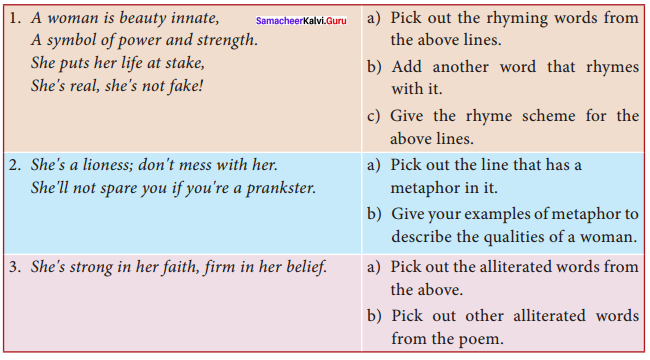
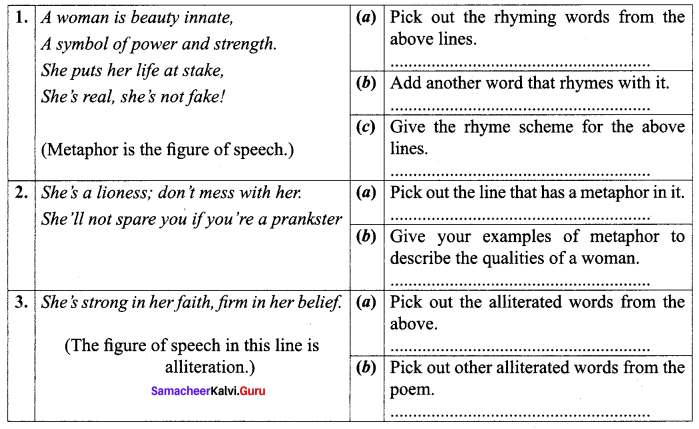
Answers:
1. (a) The rhyming words are stake and fake.
(b) innate-checkmate, strength-length, stake-spake, fake-make
(c) The rhyme scheme for the above lines is ‘abcc’.
2. (a) She’s a lioness.
(b) She is a dynamite. She is a rock.
She is a bubbly personality. She is a roller coaster of emotions.
3. (a) Faith, firm is the alliterated words in the given line.
(b) The other alliterated words from the poem are symbol/strength; summer/see and saw/self-respect.
C. Fill in with a word in each blanks to complete the summary of the poem. Use the help box given below.

Every woman is beautiful …………….(1) …………….. She is the……………… (2) ………….. of power and ………….. (3) …………….. She is prone to put her ………….(4) ………….. at risk. Every woman is true in expressing her love and she is never ……………… (5) …………….. She is very ……….. (6) ………………. in her approach even at times of ………… (7) …………… she finds a ray of ……………. (8) ………….. and she continues to …………. (9) ………….or her ……….. (10) …………….. ones. She is the ………………. (11) ………….. and she has no …………… (12) ……………. She is forceful in her ……………. (13) ………… and …………….(14) …………….. She is never a…………… (15) ………………..and she is ……………. (16) ……………. She is ferocious like a …………….(17)…………………..It’s better for the …………… (18) ……………… to stay away from her. Never should one try to bring ……………….(19) …………………to her pride and ……………. (20) ………………for she knows how to ………………… (21) …………… and …………….. (22) ………….. them. She is …………….. (23) ………………. woman. It is ……………….. (24) ………………….. to love her …………… (25) ……………. her and to keep her ………………. (26) …………… .
Answers:
- innate
- symbol
- strength
- life
- fake
- optimistic
- adversity
- hope
- care
- dignified
- woman
- fear
- faith
- belief
- quitter
- persistent
- lioness
- prankster
- disgrace
- self-respect
- thaw
- saw
- today’s
- healthier
- respect
- near
D. Answer the following in a paragraph of about 80 to 100 words.
I Am Every Woman Poem Question 1.
How are today’s women portrayed by the poet?
Answer:
Rakhi Nariani Shirke is an academician with a passion for writing poems as a medium of self-expression. This poem talks about the multifaceted nature of women. A woman is born beautiful and beauty is an inborn trait. She is a symbol of supremacy and strength. She takes risks in life for she is real and always genuine. Today’s women are empowered, brave, strong and resolute.
They are always ready to take up new ventures. They are persistent and work tirelessly to prove what they are capable of. Women have to be treated respectfully for the growth of a nation. As stated earlier, she is the symbol of strength as she is strong in her faith and beliefs. In spite of all the outbreaks and cries and laments, she is strong in her hope and firm in her trust. She is a lioness, brave and daring. She is a disciplinarian and will not tolerate your pranks with her. She is a woman of today smart and brave.
“Each time a woman stands up for herself, she stands up for all women.”
I Am Every Woman Poem Questions And Answers Question 2.
What qualities have made women powerful?
Answer:
The woman is made powerful due to her multifaceted personality. Today’s women are empowered, brave, strong and resolute. They love to explore and venture into new horizons. – They are persistent and work tirelessly to prove what they are capable of. Her inner beauty, her supremacy and strength makes her all-powerful. She exhibits her power by showcasing her fearless nature. She is the symbol of strength as she is strong in her faith and beliefs. She is seen as all-powerful because of her determined nature.
She may sigh, cry and moan but is strong in her hope and firm in her trust. She is a lioness, brave and daring and one dare not muddle with her. If anyone is a mischief maker, she will not spare them. The woman should be feared cautiously since she would thaw or saw you for your deeds against her.
“A Woman believes in being strong, even when things seem to go wrong.”
I am Every Woman (Rakhi Nariani Shirke)
Literary Devices At A Glance (Figures of Speech)
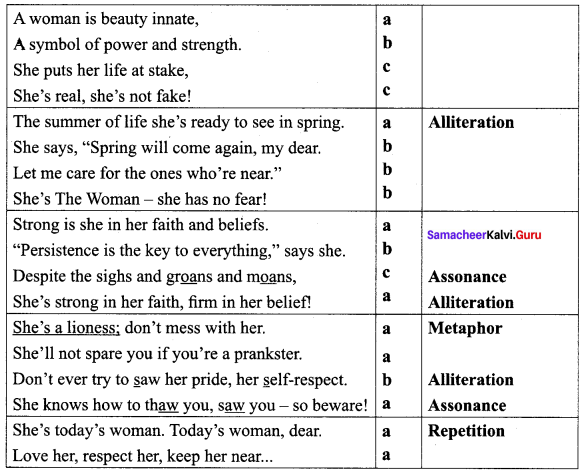
I am Every Woman by Rakhi Nariani Shirke About the Poet:
Rakhi Nariani Shirke is an academician with a passion for writing poems as a medium of self-expression. She is a post graduate, with a Bachelor’s degree in Education. She graduated from Jai Hind College, Mumbai and lives in Navi Mumbai. She is a teacher at -Ryan International School at Raigarh, Maharashtra, India.
I am Every Woman Summary:

Introduction:
This poem talks about the multifaceted nature of women. Today’s women are empowered, brave, strong and resolute. They are always ready to take up new ventures. They are persistent and work tirelessly to prove what they are capable of. Women have to be treated respectfully for the growth of a nation.
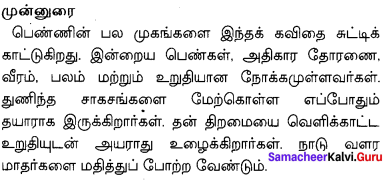
Inborn trait:
A woman is born beautiful and beauty is an inborn trait. She is a symbol of supremacy and strength. She takes risks in life for she is real and always genuine.

Fearless by Nature:
The development of life a woman is ready to see in spring. She says that there will always be spring after summer and so she cares for the ones who are near for she is the fearless woman.
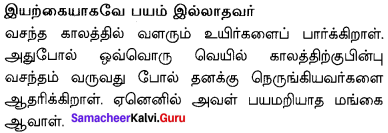
Women of Strength:
As stated earlier, she is the symbol of strength as she is strong in her faith and beliefs. The poetess who is also a woman insists that persistence is the key to everything. In spite of all the out breaths, cries and laments, she is strong in her hope and firm in her trust. She is a lioness, brave and daring and one should not muddle with her.
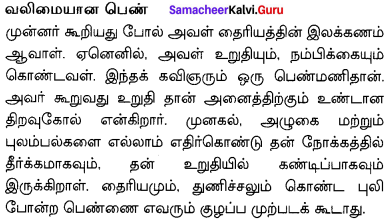
Dare to be a Mischief Maker?
If anyone is a mischief maker, trying to play with her, the woman will not spare her. One should be careful and not saw her conceit or her self-respect. One should beware of such a woman for she would not only thaw you but also saw you for she is the modem day woman, the woman of the Present. Therefore, she should be loved, respected and kept at close quarters.
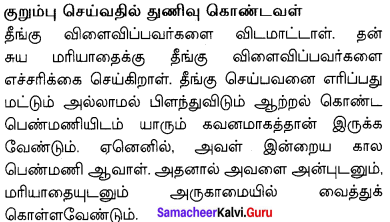
Conclusion:
The poet Rakhi Nariani Shirke dares at those who make a mockery of women. Being today’s woman she warns those who are ruthless towards women. She states that today’s women are bold and smart, ready to take up new ventures and achieve the goals.

I am Every Woman Glossary:
Textual:

Additional:

We hope the data given here will benefit you to the fullest extent at the time of preparation. For better understanding of English subject this Samacheer Kalvi 10th English Solutions for Class 10th English Poem Chapter 3 I am Every Woman PDF is the best resource. Download & ace up your preparation. Keep in touch with us and get the latest information on Tamilnadu State board Textbook Solutions PDF.
